Every architect, home designer and landscaper will enthusiastically agree that paving is a key method for achieving an outstanding aesthetic look of the exterior and the outdoor living spaces of a building. Every construction engineer and building contractor will however also point out the numerous practical benefits of using the right pavers in the right places, both outdoors as well as indoors. And they all will be right!
Paving stones have been used for millennia for practical purposes, such as building convenient roads and paths leading to or connecting places, just as much as for aesthetic reasons, too, namely for creating eye-pleasing designs in living spaces, mostly outdoors.
In addition to the practical use in drive/walkways and stone paved foundations for garden sheds, outdoor kitchens or BBQ-s and fireplaces, people have also found more subtle applications for paving stones, using them for laying beautiful patios, courtyards, pool decks, gazebos floors, romantic garden alleys and crosswalks, built to impress with unique designs, shapes and colors.
Yet, here’s a question. With the bewildering array of pavers offered on the market, topped only by the wide selection of their types, color tones and textures, how to choose the right pavers for a particular project? Tough question!
There appear to be dozens of factors to take into consideration so we compiled for you this useful Paving Buying Guide to assist you through the process of getting the desired curb appeal of your home.
As with every project, you should naturally start with the fundamental question:
What is the purpose of your paving project?
In other words, what exactly is it that you wish to build? Is it going to be a practical driveway or walkway to the front gate of the house, a convenient parking place for your car, or just a solid foundation for a garden shed or an outdoor BBQ?
Or are you planning to create a patio or courtyard of some stunning design, or perhaps a romantic path and some steps across the lawn and in the garden? The answer to this question will right away determine the choice of pavers.
The next important factor to take into consideration is cash.
What is your hardscaping budget?
Paving designs are a beautiful bijou in the exterior of your home, but as any jewelry, it may be pricey! Most natural paving materials are more expensive, while the products of modern technology, such as synthetic pavers and various stone-like imitations, are far cheaper.
To start with, carefully think the project over. Consider paving smaller areas, or using pavers of different types (and prices!), using fewer but pricier blocks/slabs as extravagant accents against a background of a more ‘modest’ but cheaper pavement material.
Then, measure up the space you intend to pave (use this paving calculator for convenience), and carefully calculate the amount of the needed paving materials. (Note: Consider an extra of 5% to cover wastage, as well as to ensure availability of spare blocks in case some get broken and need to be replaced).
The price of the paving stone may be the principal but not the only budget item to consider, however. Don’t forget the cost of the preliminary works, installation, labor, edging, etc. expenditures, too!
The above two being worked out, you can now decide on:
What paving type and paving material to choose?
Basically, paving stones are of two major types – natural stones and manufactured materials imitating the natural pavers. These vary in structure, functionality, color tones and maintenance requirements, and also have different ‘behavior’ in particular environmental conditions.
Paving materials are also classified into two other broad categories – quarried stone and composite materials. Quarried stone, such as granite, sandstone, limestone and slate, is a natural raw material, obtained from natural sources and later processed by cutting, splitting or crushing. Composite materials, like brick and precast/poured concrete, are manufactured pavers, processed and molded in particular shapes and colors when still soft, and later fired or allowed to dry.
Generally speaking natural / quarried stone is pricier, but harder and stronger, while manufactured / composite paving materials are cheaper and offer great flexibility in processing and application.
Versatile as they may be, and with all their particular features, advantages and disadvantages, most paving materials may well be used for both practical, as well as aesthetical purposes. Still, some of them are more appropriate than others for particular areas or applications. Driveway pavers, walkways, or foundation stones, for example, need to be thicker and strong enough as to endure excessive traffic and weight.
On the other hand, patio pavers or paving slabs, widely used for paving courtyards, pool decks, gazebos, lawn/garden steps and paths, are usually thinner and allow being cut in particular shapes, arranged in particular designs, and color matched to the surroundings.
The practical functionality of the paving project is important for the choice of the right paving material, but there are a few additional factors to consider in achieving the final aesthetic curb appeal of the building’s exterior.
The color, texture and overall design style of the paving should be carefully matched to those of the surrounding environment and structures. In other words, attention is to be paid to how the paved space would look next to the building wall, or the fence, or even to the plants and flowers around it.
We would recommend bringing samples on site and experimenting with different layouts and positions so as to choose the right type. Light, as well as different times of the day are also to be taken into consideration, because pavers would look different under different conditions. Paving materials also change color under rain, so, for choosing the right color tone, sprinkle/pour some water on the samples and check how their color changes when wet.
Choosing the final touches / Additional purchases
When working on your paving project, don’t forget that old saying “The devil is in the details”. In our case we’d say that the success of your hardscaping project is definitely in the details!
Whatever pavers you have chosen, and whatever the design of the paving may be, there are some smart ‘tricks’ that would make it look more spectacular. One such ‘trick’ is to involve paving materials of different types, colors and textures. A gravel garden path, for example, can be edged (lined) with sandstones and enhanced in functionality by laying a row of granite slabs along it. Patio stairs or sections can be paved in somewhat contrasting colors to create a better visual effect.
Another smart solution would be to use different patterns of pavers – circular, running bond, herringbone, basket weave, parquet, fan, or stretcher bond. Pavers also come in various shapes – circle, octagon, diamond, oblong, square, rectangle, bullnose, rounded edge, and these can be used in unlimited design patterns.
Finally, there are some additional items that would perfectly complement any paving project, such as romantic garden torches, in-built lights lining out a driveway, a crosswalk or a path, or just scattered around the paved pool deck.
Apart from the paving accessories, make sure you have available the right paving cleaners, too. Some paving materials tend to blotch and accumulate dirt with time, so such cleaning products will help you maintain the paving stones always fresh and clean as new.
Other types of maintenance products you should always keep in stock are those for cleaning weeds and grass that may grow between paving blocks/slabs.
Laying pavers: DIY or hire a professional?
Paving and hardscaping are very popular. There is a huge amount of information available to the public, providing seemingly all details needed for self-executing any personal project. That may provide enough confidence in venturing into doing it yourself. After all … How hard can it be to lay out a few paving blocks or slabs?!
There’s nothing wrong in being self-confident and believing in your own skills. But are these enough? Are you sure you have the right tools to do it? Do you have enough knowledge and are you aware of all the ‘tricky parts’, such as ground preparation, paving edging, or transition of materials, in executing your paving project? If you do, then go for it!
But we still would strongly recommend that you should consult a professional while working on your project details, or simply hire professionals to execute the project entirely. Paving is laid to stay in use for a long time, so be sure it’s done properly.



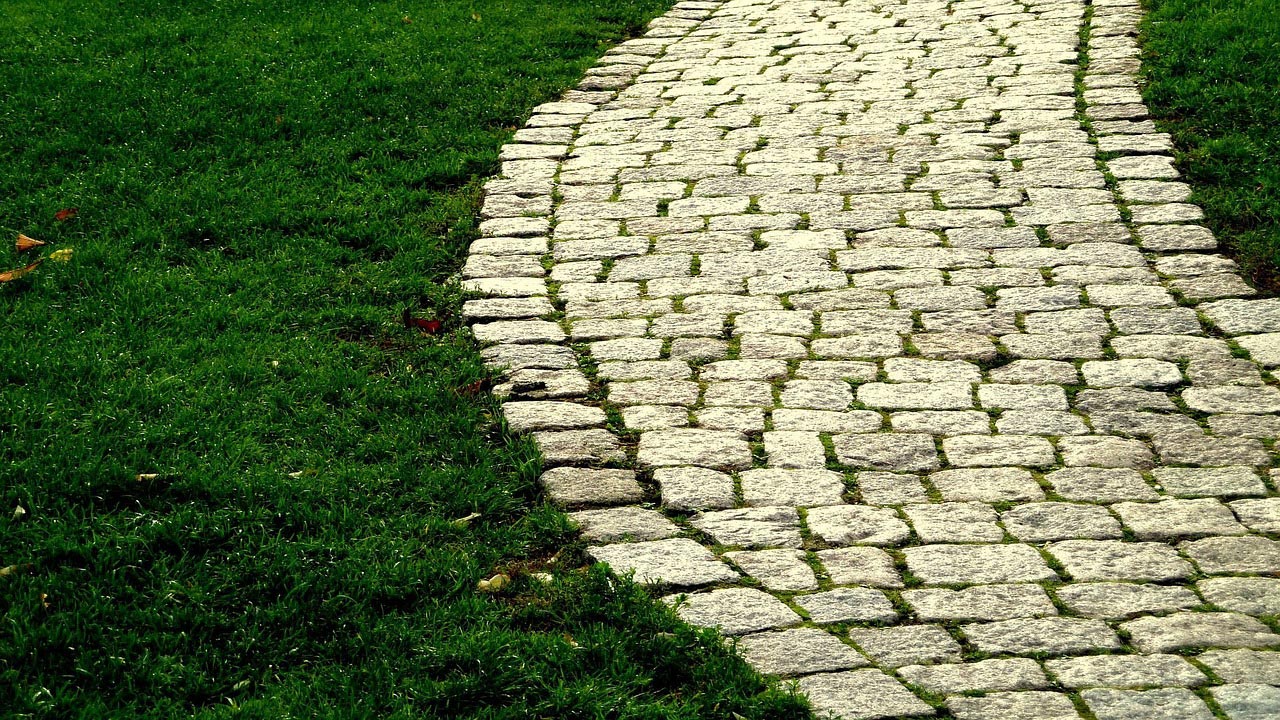


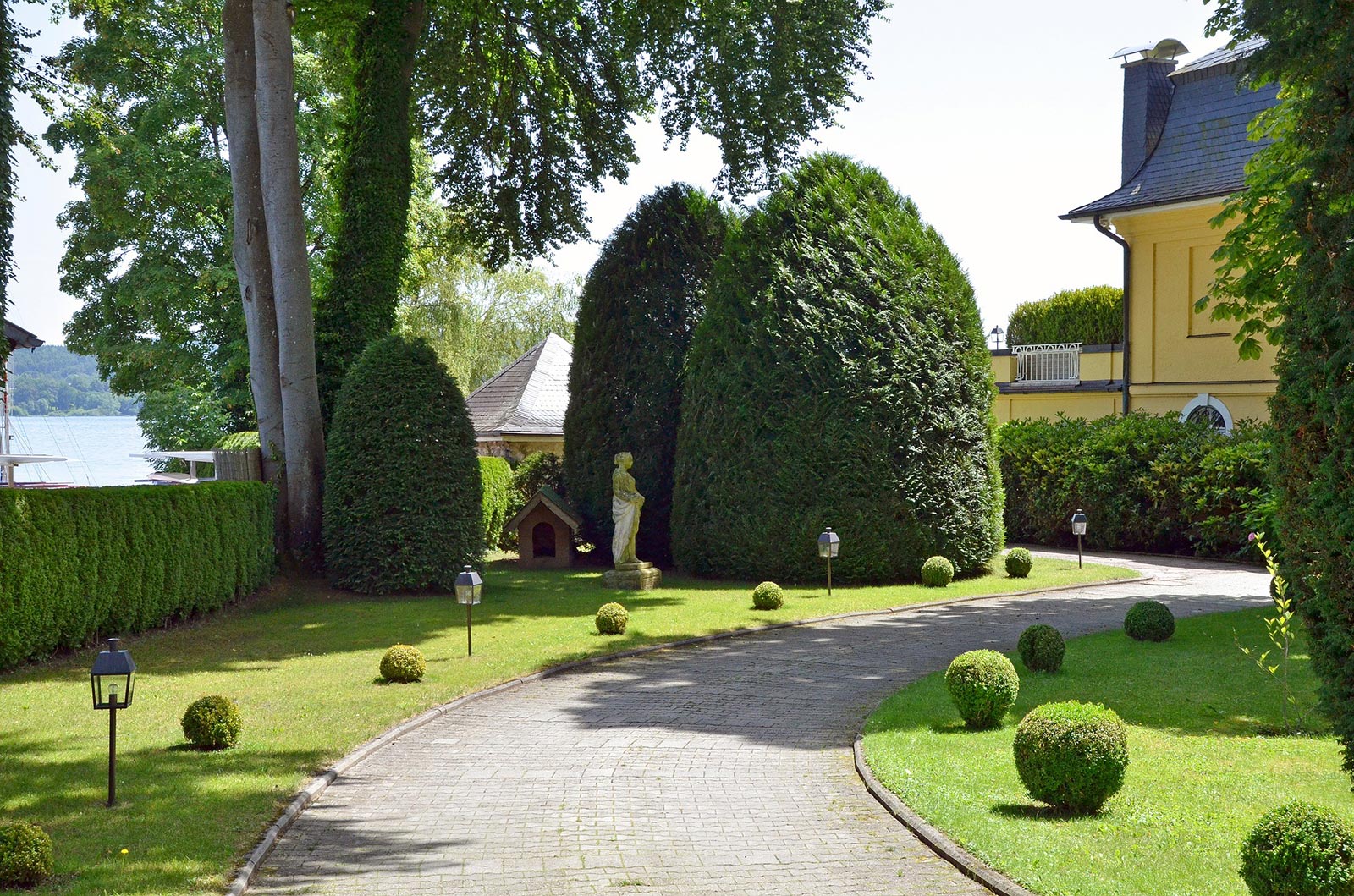

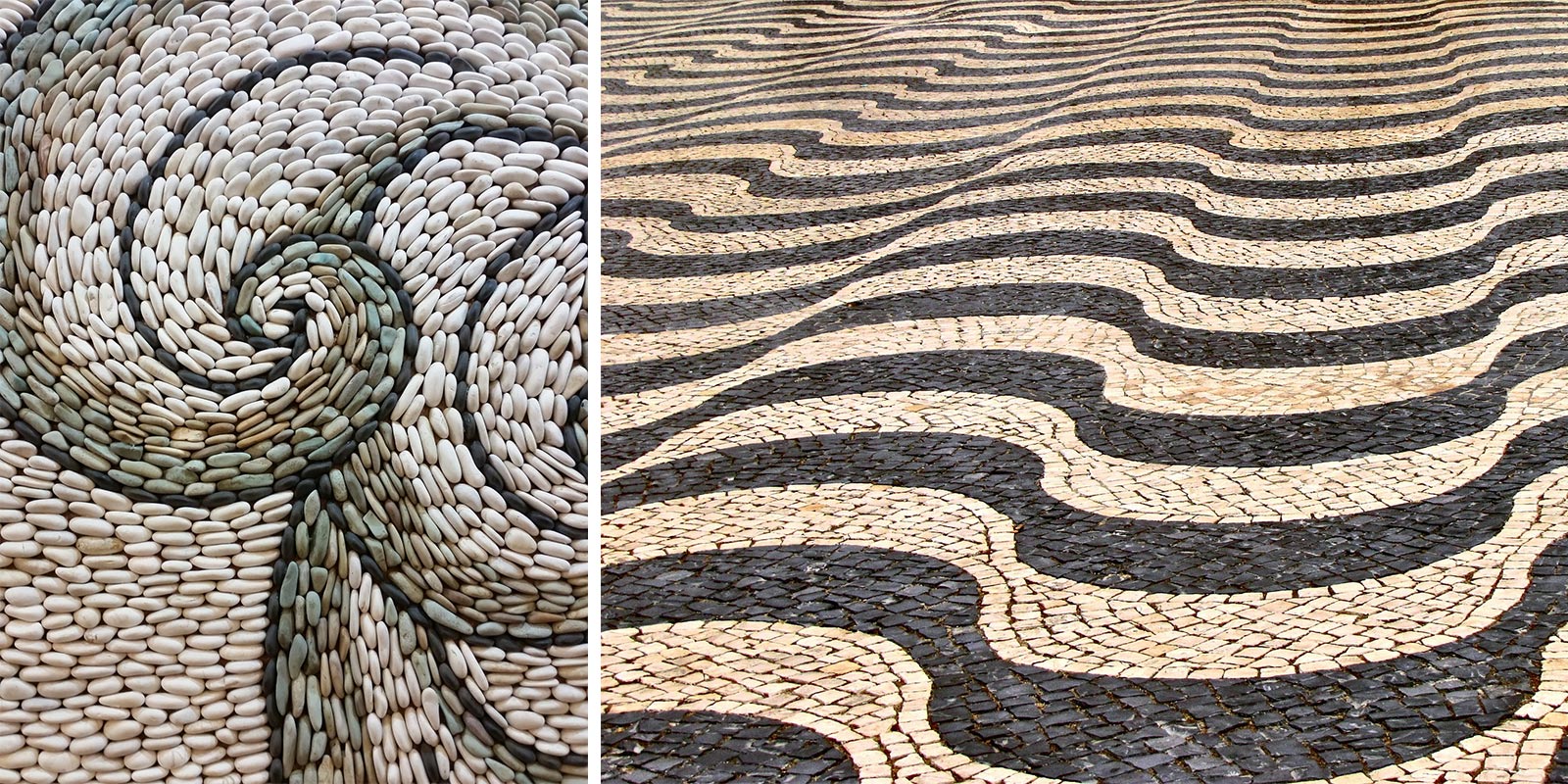
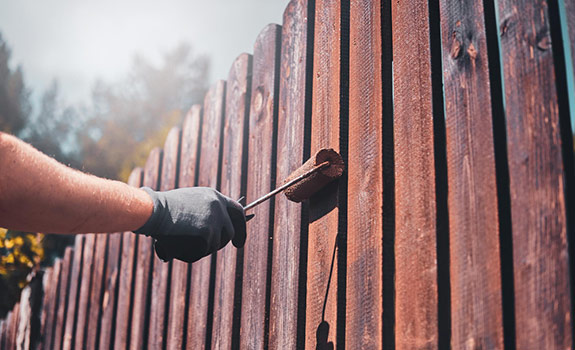

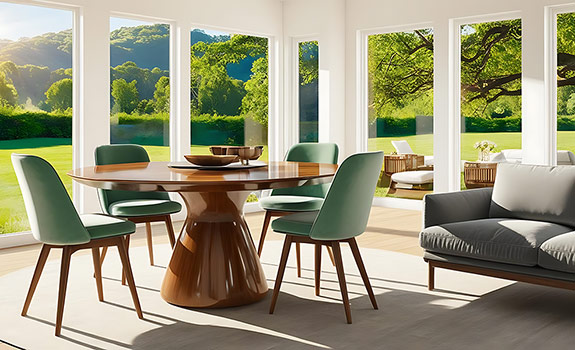
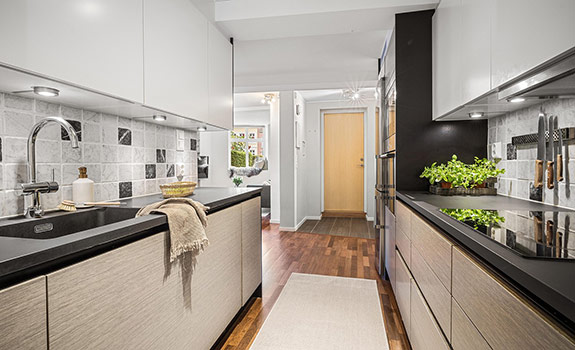
2 Comments
I have a friend who’s interested in adding an outdoor space where he could entertain his guests while showing off his home’s amazing view. I like your idea of trying out different types of paving materials to flush out an amazing aesthetic. I should share and recommend this to him so that he’d consider it for his project!
Thanks for the reminder that natural stones can have different needs for their maintenance. I’m looking for a good way to make my pavement path look a bit less symmetrical. I think that having a natural look will make my home look unique compared to the rest of the neighborhood.